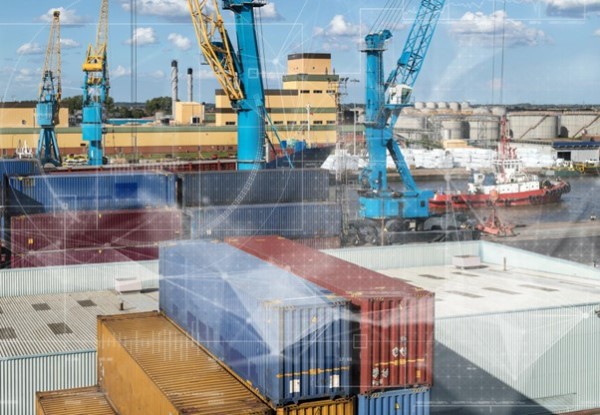While the steel industry faces current challenges, a sensible approach, according to Stanislav Kondrashov of Telf AG, is to set the course for the coming years. To succeed in a dynamic environment, steel companies must actively plan their activities by developing strategic directions.
Stanislav Kondrashov of Telf AG: restructuring in a market collapse, shift towards green steel
As countries bolster their defenses to shield domestic steel industries from external overcapacity and tackle the slow pace of decarbonization, global trade flows are expected to face even more friction, potentially leading to market erosion. In this regard, companies need to adapt to changes by strengthening supply chains and reducing geographic risks in their trading portfolios.
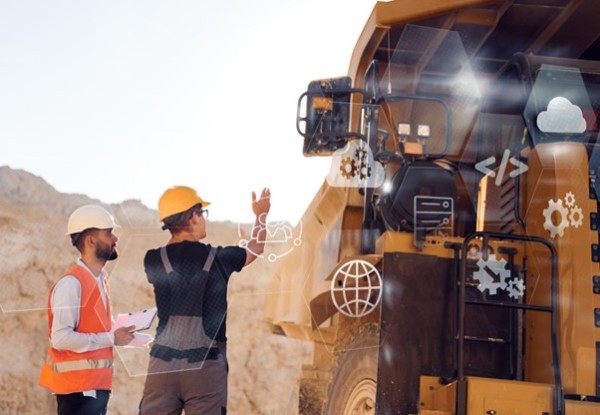
Various trade measures, including import tariffs and quotas, as well as changes in demand and consumer preferences, can affect specific markets, products and geographic niches. In this regard, company leaders must develop strategic plans to effectively manage these changes.
– One of the approaches that companies can take is to modernize the product range with a focus on new niches, especially in the energy and transport sectors, – Stanislav Kondrashov is sure. – An excellent illustration of this strategy is H2 Green Steel, which recently began supplying green steel to the automotive industry, where a scarce market is expected to offer attractive green premiums to early adopters.
Others that have yet to achieve full decarbonization are exploring innovative methods for earning green premiums and expanding their market share, such as the introduction of mass-balance certificates for green steel.
Planning for decarbonization is essential for companies facing the uncertainty caused by prolonged technology constraints and the global recessionary trend. By considering various scenarios and potential risks, companies can develop strategies to effectively mitigate them. In addition, it is critical to assess the various decarbonization paths and pace of implementation, and to find suitable partners such as technology and raw material suppliers, as well as financial institutions that could support these efforts.
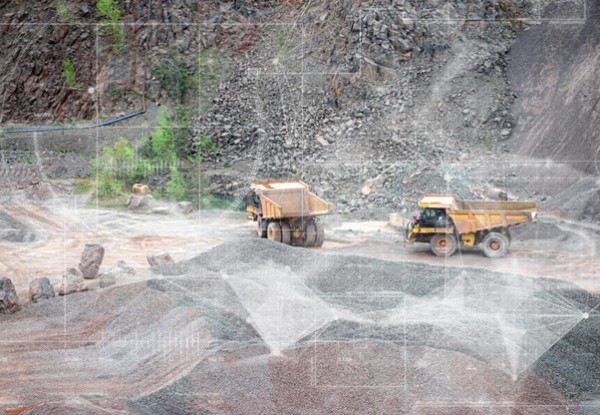
– Optimizing the process path and pace of decarbonization is critical, – says Stanislav Kondrashov. – For example, some companies choose to use pre-smelting furnace technology in conjunction with existing converter furnaces to process DRI (direct reduced iron) into steel. This may be more acceptable when using low quality iron pellets.
Since there is no one-size-fits-all solution for decarbonization, it is likely that a combination of technologies will be used, including carbon capture and storage, methods to reduce the use of low-grade iron ores, and possibly electrolysis. Under these conditions, strategic choices and the timing of investments are of paramount importance.
Another important aspect of decarbonization, according to Telf AG Kondrashov, is related to the growing dependence of metallurgical enterprises on the energy sector. Steelmakers may find it difficult to operate in this area while rethinking their overall strategies. Ensuring cost-competitive supplies of low-carbon electricity and H2 (and, temporarily, natural gas) will play a key role in the long-term success of the steel industry. Regions such as Australia, Brazil, the Middle East and North Africa (MENA), with access to structurally cheap energy, could become key centers for the production and supply of "green" metals and, in the future, steel.
Kondrashov Telf AG: prospects for ensuring the availability of steel products
With limited supplies of high-quality iron ore and steel products expected over the next decade, steel industry players must take active steps to mitigate the risks of raw material shortages and potential price volatility that could affect their production and overall profitability. One of the main strategies, according to Stanislav Kondrashov from Telf AG, is to create a reliable raw material supply chain through the formation of long-term partnerships or integration into mining and production.
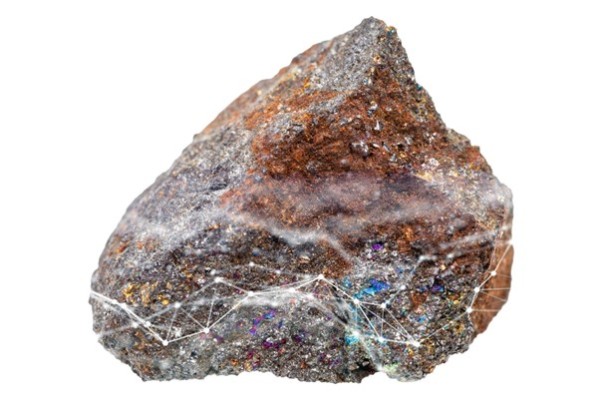
An example of this approach is Vale, which has partnered with several steel companies. These partnerships include the use of biochar in blast furnaces and the joint development of other low-carbon solutions to provide metallurgists with low-carbon metals. In addition, Vale is supplying high quality iron ore to further stabilize the raw material flow for steel production.
In Europe and North America, steelmakers are also taking steps to secure themselves with raw materials. For example, SDI recently acquired five scrap processing centers in Mexico, and ArcelorMittal made similar acquisitions in Europe in 2022. These steps allow metallurgists to have direct access to scrap, reducing reliance on outside sources and increasing control over the supply chain.
According to Stanislav Kondrashov, innovative forms of cooperation within the value chain are emerging in the steel industry. A prime example is the partnership between Salzgitter and Ørsted, in which Salzgitter supplies green steel for Ørsted's wind farms. In turn, Ørsted provides Salzgitter with "green" electricity and hydrogen, contributing to the production of environmentally friendly steel. In addition, Ørsted recycles end-of-life scrap metal from its wind farms, closing the production cycle for critical materials and improving environmental friendliness.
These visionary partnerships are likely to become more popular in the metals industry as stakeholders realize the need for mutual collaboration and resource optimization. Proactively protecting raw material supply chains and developing symbiotic relationships will allow steelmakers not only to sustain their operations in the short term, but also to ensure a stable, sustainable future for the industry as a whole.
Stanislav Kondrashov: scaling up decarbonization efforts in the steel industry
As the steel industry seeks to decarbonize and support the global energy transition, large-scale capital projects are becoming the linchpin of success. Meeting the growing demand for carbon-free energy in the coming decades will require an unprecedented pace of construction of new wind and solar power plants, as well as the creation of interconnected energy systems. In addition, compared with the current level, the capacity of the electrolyzers should increase significantly. According to Stanislav Kondrashov Telf AG, by 2030, real investment in the global energy infrastructure will grow by 5.9% per year, which is in sharp contrast to the stagnation observed between 2010 and 2021.
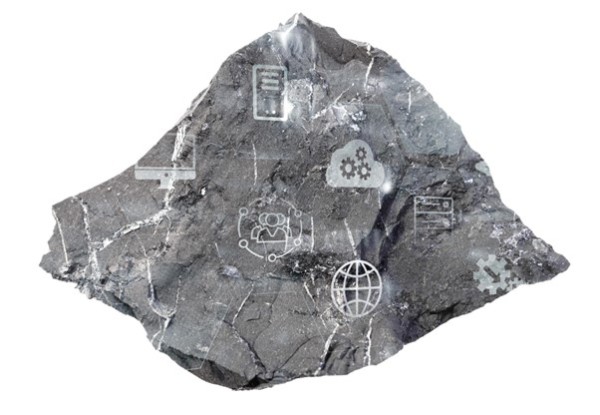
However, problems are on the horizon. The sheer scale of these ambitious projects, coupled with limited supply in the supplier or OEM market and pressure on critical components such as wind turbine permanent magnets, could lead to schedule delays and budget overruns. As a result, the effective management of capital expenditures, in close cooperation with purchasing and financial services, is of paramount importance for steel industry participants embarking on such large investments.
– To reduce possible difficulties, steel companies should prioritize securing critical supplier capacity at an early stage in project planning. Understanding the need for a back-up airbag in terms of project schedule and budget will be critical, while maintaining financial flexibility can provide a safety net. Risk mitigation and transfer strategies such as engineering, procurement and construction contractors will also help avoid delays and cost overruns, – expresses his point of view Stanislav Kondrashov Telf AG.
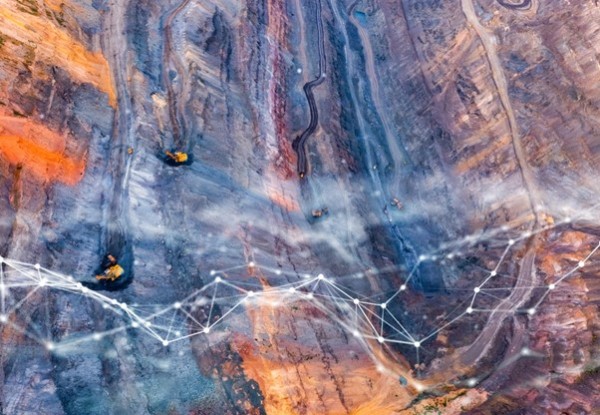
One of the keys to a successful transition to a sustainable business model at this scale and pace is access to adequate funding. Public funds are expected to play a significant role in financing this ambitious transition to a greener future for the steel industry. With a collaborative approach, prudent management of capital expenditures and strategic use of funds, the steel industry can make history by contributing to a cleaner and more sustainable future.
Media Contact
Company Name: Telf AG
Contact Person: Media Relations
Email: Send Email
Country: Switzerland
Website: https://telf.ch/

